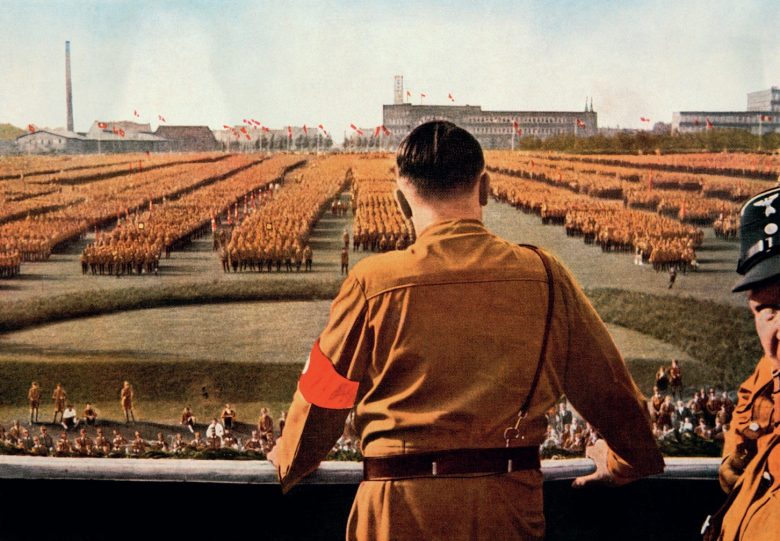
Popular images of nationalism are conflicting. There is ‘far right’ nationalism that focuses on perceived threats to cultural or ethnic identity and is often associated with violence. But there is also the ‘progressive’ nationalism of many independence movements. In the UK the most striking example of the latter is the campaign for Scottish independence.
A good measure of nationalist sentiment in Europe is the level of hostility expressed towards the European Union by the populations of the member states. The 2010 Eurobarometer found that across all 27 members only 38% were positive. Countries expressing less enthusiasm included Denmark (35%), Sweden (34%), Germany (32%), Finland (27%) and the UK (19%). On many other measures — such as democracy or gender equality — these countries score higher than average. Of course, many of the countries that were positive about the EU were also highly liberal. The point is that there is no obvious connection between being nationalist and being reactionary. The question is: what kind of nationalism is being expressed by countries like Denmark or Sweden?
Your organisation does not have access to this article.
Sign up today to give your students the edge they need to achieve their best grades with subject expertise
Subscribe




